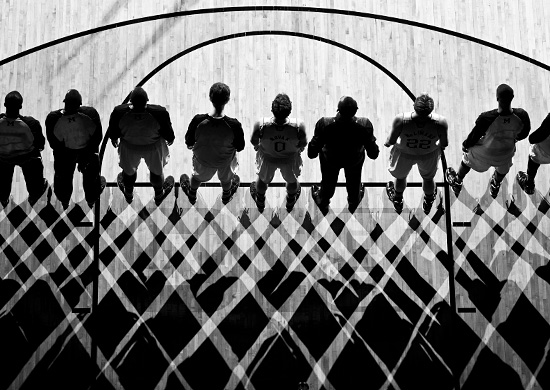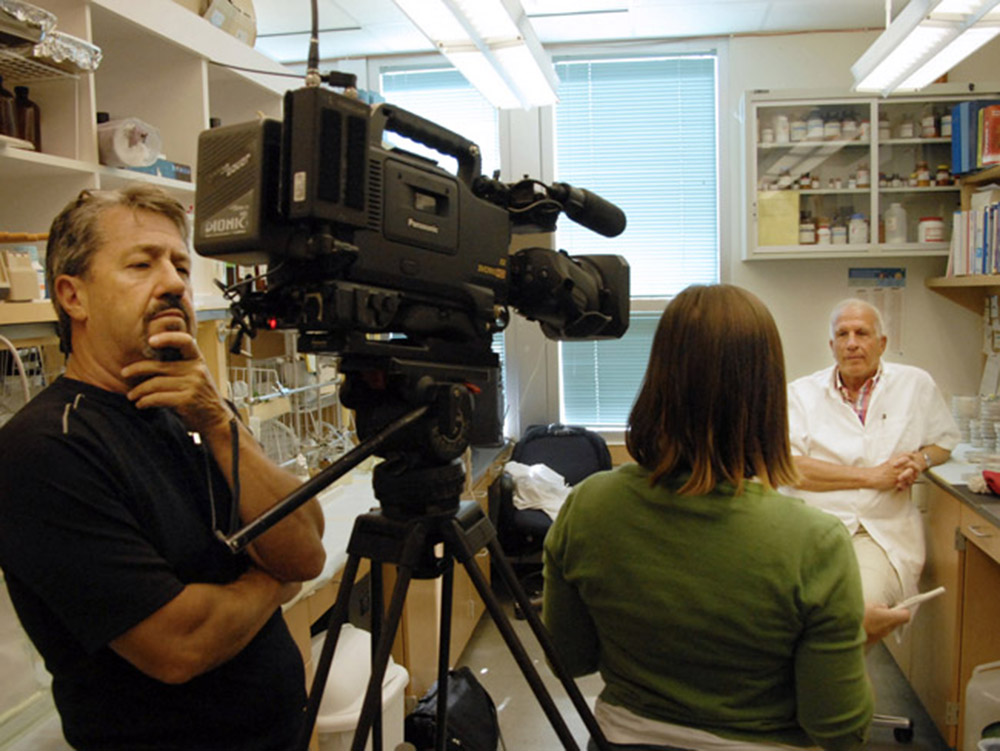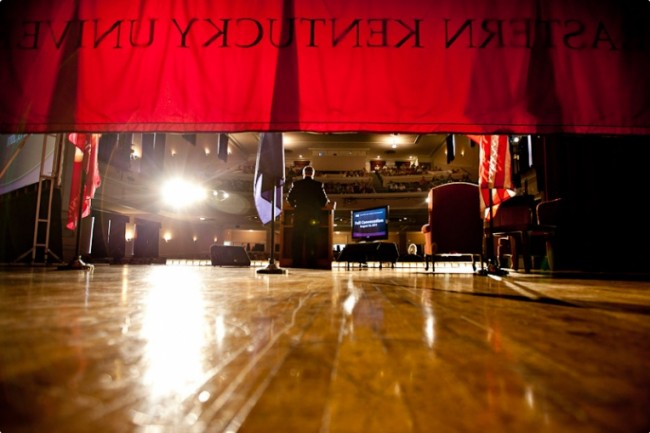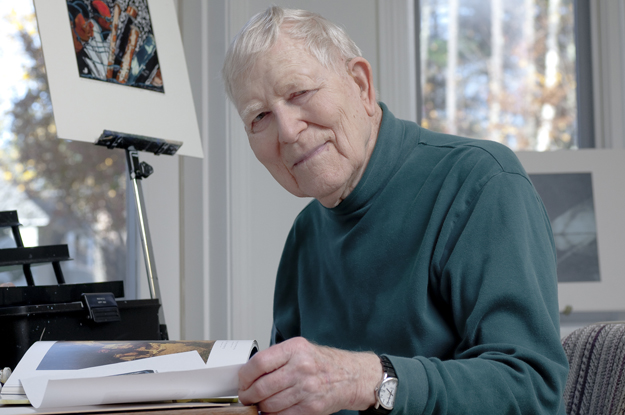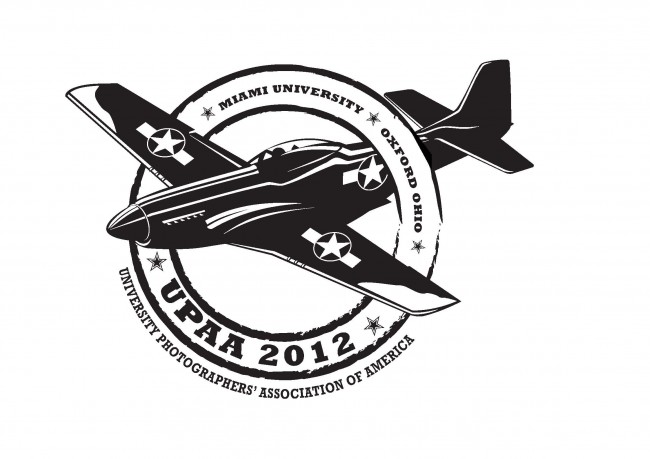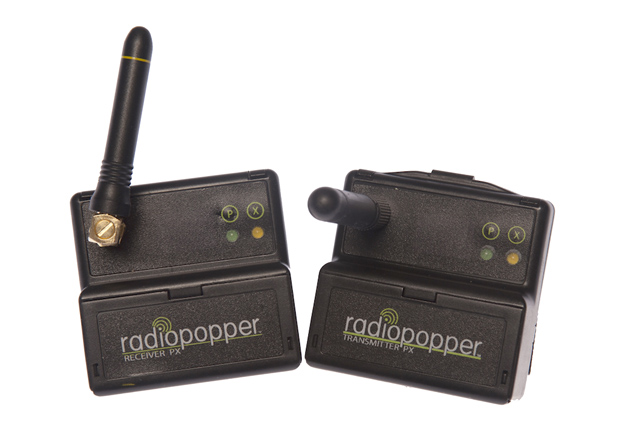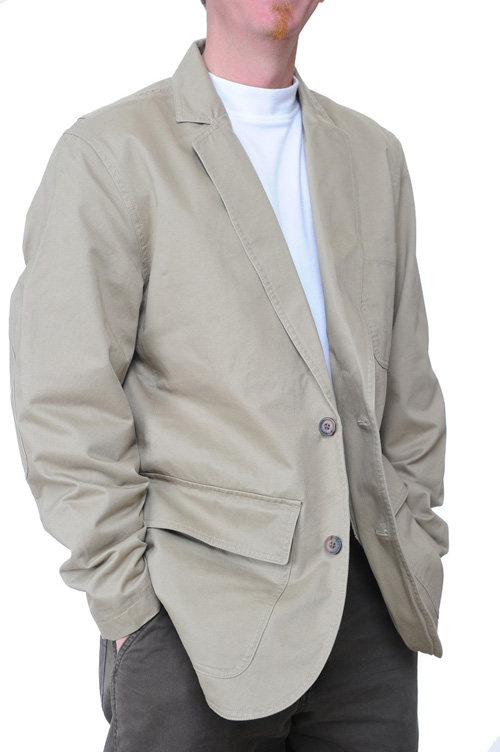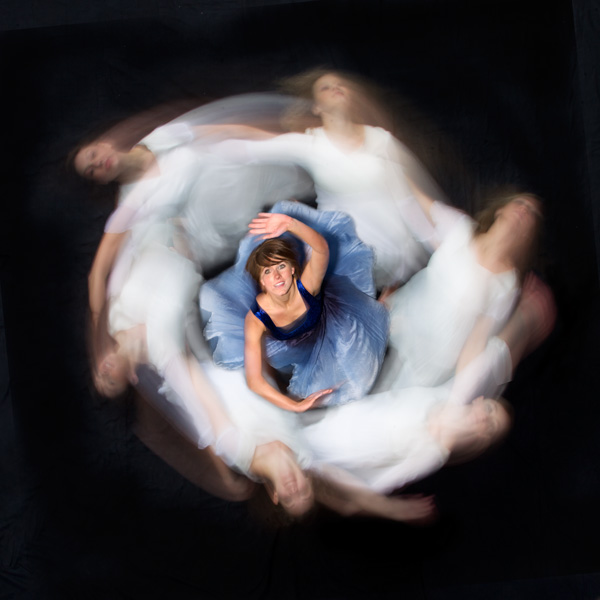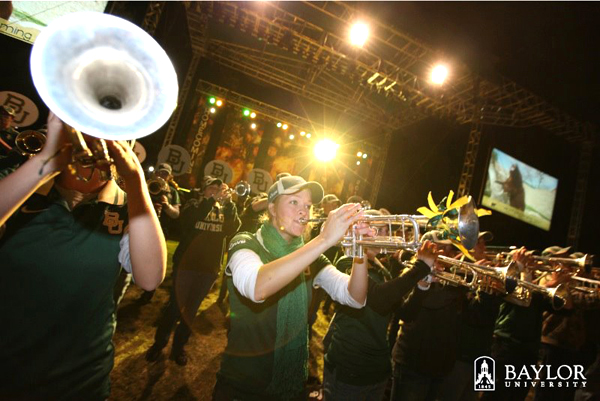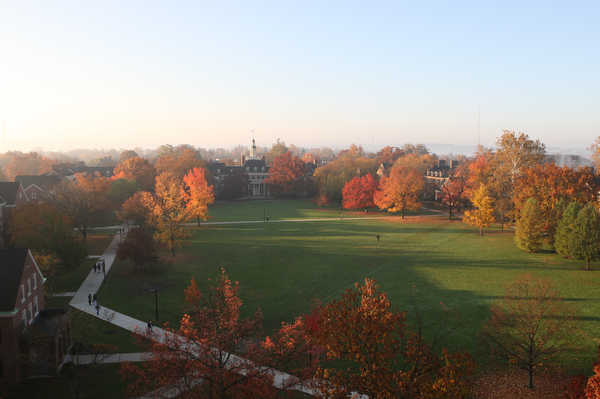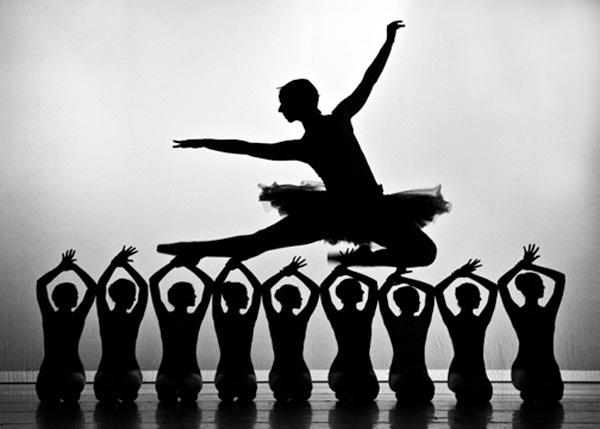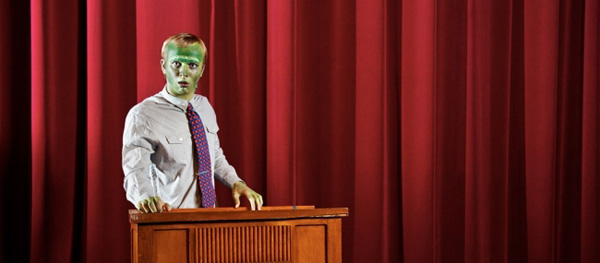
By Jim Stroup, Virginia Tech
-
The referenced media source is missing and needs to be re-embedded.Compasses – An iPhone compass app and an inexpensive compass I’ve carried in my camera bag for 15 – 20 years. Notice the 8 degrees of west declination set for the Blacksburg area. The better the compass, the more accurate the reading. If you’re willing to spend the money, the Brunton Sight Master is an excellent choice for just under $100. Ones like I carry are about $12. Photo by Jim Stroup/Virginia Tech
Be-da-deep. Be-da-deep. The sound of my alarm clock breaks the silence of the night. I open my eyes to see it’s 4:30 a.m. Instead of cursing the alarm for disturbing me so early, I leap out of bed with excitement knowing what’s in store for me. Peering out the window, I see the full moon hanging in the nighttime sky.
At dawn, I’ll be on the Virginia Tech campus to photograph the full moon setting. I’ve already determined where and when the moon will set, so all I have to do is show up at my predetermined location with my camera and tripod.
Allowing myself a half hour to get ready, I brew some coffee for the 40-minute drive to campus. I swing by my office to grab my gear and a university van – special license plates allow me to park anywhere on campus. Heading over to my location, I see the moon is just about ready to drop into the composition I’ve pre-visualized.
